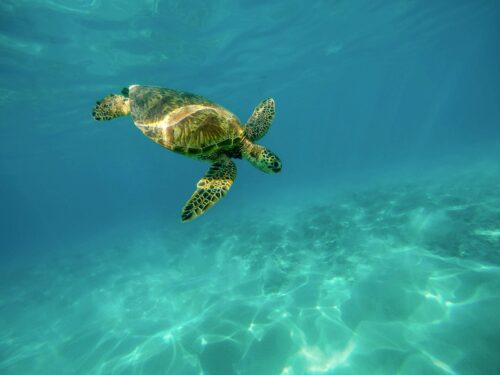Image courtesy of Pixabay
Imagine your weather forecast came from a seal swimming in the Pacific, or a bird flying hundreds of feet above you. This idea is rapidly becoming a reality in the world of climate research. As we face a biodiversity crisis driven by climate change, researchers are looking for new ways to measure changes in temperature and weather patterns that may affect ecosystems.
Existing technologies for measuring climate data, such as weather stations on land and buoys at sea, are absent across certain geographical regions, creating information gaps. In a piece published in Nature Climate Change, Yale graduate student Diego Ellis-Soto, along with Yale biologist Walter Jetz and collaborator Martin Wikelski, analyzed the use of animal-borne sensors (ABSs) as an alternate method of measuring climatic conditions. An ABS is like a modern GPS backpack that an animal wears, which provides researchers with a myriad of data.
“What’s really neat about this is that increasingly, besides giving us information on where an animal is [in terms of] latitude, longitude, and time, which we use for conservation, we get data like, ‘How many square kilometers does a giraffe need?’” Ellis-Soto said. “Where are animals thriving, and where are they dying?”
For instance, when researchers used ABSs on African bush elephants to measure the environmental temperature, the ABS data had a high overlap with satellite and weather station measurements for that same region. Understanding the intersection of temperature trends and animal movement can help scientists determine the best conservation methods for species as they lose their habitats. “That can benefit both our understanding of how animals will do under climate change, but also help us humans in understanding our weather better, which is probably the most important thing we have for human survival, ” Ellis-Soto said. For now, these walking weather stations may be science’s best hope for navigating the warming world.

